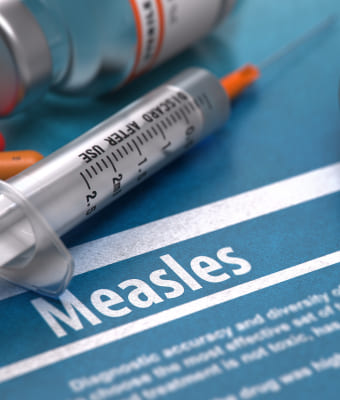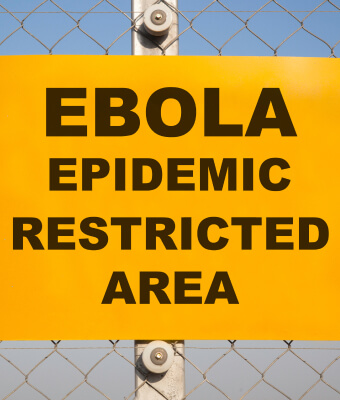Marburg virus has already killed nine people in Equatorial Guinea. Despite the absence of vaccines or treatments, measures are being taken to limit the transmission of this Ebola-like virus. Below is your concise yet comprehensive guide for understanding the Marburg virus.
- Why is it alarming? On February 13, 2023, Equatorial Guinea announced its inaugural incidence of Marburg virus disease.1 As a precautionary measure, over 200 individuals have been placed under quarantine, and mobility has been limited in the Kie-Ntem province, where the viral infection was initially identified.
- When was the first outbreak? The rare virus was first identified in 1967 after it caused simultaneous outbreaks of disease in laboratories in Marburg, Germany, and Belgrade, Serbia.2
- How is it transmitted? As per the CDC, it is probable that the Marburg virus was initially transmitted to humans from African fruit bats due to extended exposure by people working in mines and caves that harbor Rousettus bat colonies.2
- What are the symptoms to look out for? The patients are presently displaying symptoms such as high fever, severe headache, chill, and malaise. Additionally, the global health body has cautioned that some patients may also encounter symptoms like nausea, jaundice, abdominal pain, and diarrhea. Muscle cramps, back pain, and muscle aches are among the common manifestations of this ailment.2
- How is it similar to Ebola? Marburg virus is in the same family of viruses that caused Ebola. According to the Centers for Disease Control and Prevention (CDC), it is spawned by the animal-borne RNA virus of the same Filoviridae family as the Ebola virus.2
- Could it be a Public Health Emergency? In case of further spread, the World Health Organization may declare a Public Health Emergency of International Concern, as it did in 2019 when Ebola was the concern.1
- What are the fatality rates? The average fatality rate for MVD is approximately 50%, but in previous outbreaks, this rate has ranged from 24% to 88% depending on the virus strain and the management of cases.1 This virus has a high lethality rate, potentially resulting in the death of nine out of every ten infected individuals.3
- Could there be a resurgence? During early 2021, reports were suggesting that the Ebola virus could remain dormant in individuals and reappear many months after an epidemic had concluded, potentially leading to another outbreak. Marburg virus, a close relative of Ebola, has been found to persist in the eyes and testes of recovered individuals. The virus may also persist in the placenta, amniotic fluid, and breast milk in pregnant women.4
- Are there any treatments? The CDC states that supportive hospital therapy can enhance survival rates. This therapy involves rehydration through oral or intravenous fluids, maintaining oxygen levels, administering drug therapies, and managing specific symptoms as they occur.1
- Is prevention better than cure here? Although researchers are testing the Marburg vaccines that are presently being developed against this outbreak, currently, non-pharmaceutical interventions offer the most promising approach for rapidly controlling the epidemic. This involves robust surveillance and early detection of cases, identifying and isolating infected individuals, tracing their contacts, and implementing quarantine measures to prevent the spread of the virus.2
References
- WHO (2023), Equatorial Guinea confirms first-ever Marburg virus disease outbreak. Available at: https://www.afro.who.int/countries/equatorial-guinea/news/equatorial-guinea-confirms-first-ever-marburg-virus-disease-outbreak Accessed on: March 2, 2023
- Marburg (Marburg Virus Disease), Centers for Disease Control and Prevention. Available at: https://www.cdc.gov/vhf/marburg/index.html Accessed on: March 2, 2023
- WHO (2021), Marburg virus disease. Available at: https://www.who.int/news-room/fact-sheets/detail/marburg-virus-disease Accessed on: March 2, 2023
- Abir MH, Rahman T, Das A, Etu SN, Nafiz IH, Rakib A, Mitra S, Emran TB, Dhama K, Islam A, Siyadatpanah A. Pathogenicity and virulence of Marburg virus. Virulence. 2022 Dec 31;13(1):609-33.







